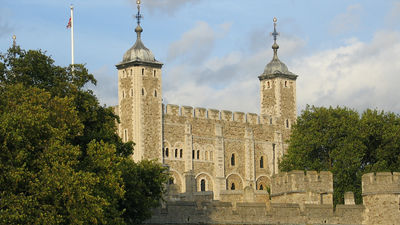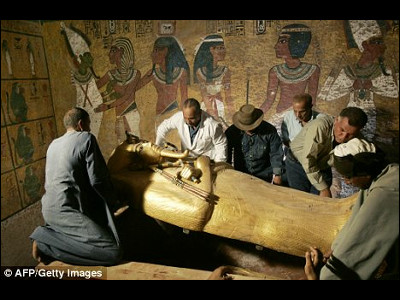It turned out that the arrow released from the medieval longbow was giving the opponent the same scratch as a modern gun

The long bow used in the Middle Ages was reportedly a powerful weapon capable of penetrating the armor of the opponent, and is said to have been a factor in determining victory in several important wars such as
THE FACE OF BATTLE? DEBATING ARROW TRAUMA ON MEDIEVAL HUMAN REMAINS FROM PRINCESSHAY, EXETER | The Antiquaries Journal | Cambridge Core
https://www.cambridge.org/core/journals/antiquaries-journal/article/face-of-battle-debating-arrow-trauma-on-medieval-human-remains-from-princesshay-exeter/635CF25C2252F62EAD82C124224914A4
Medieval arrows caused injuries similar to gunshot wounds, study finds | Ars Technica
https://arstechnica.com/science/2020/05/medieval-arrows-caused-injuries-similar-to-gunshot-wounds-study-finds/
Historians have long been discussing the power of medieval longbows. Many reproduction experiments using replicas of long bows have been conducted, but the long bows reported to modern times were discovered from the remains of the sunken ship Mary Rose , which was raised in 1982, and were used in about the 16th century. What Longbows used in the 14th and 15th centuries, when the Battle of Agencourt took place, remain untouched today.
There, a team led by Professor Oliver Clayton, a historian at the University of Exeter, said a longbow attacked a longbow from a wound left on 22 bone fragments and three teeth excavated from a medieval burial site. I have verified the power.
The 22 bone fragments and three teeth were excavated from the monastery graveyard founded in 1232. In particular, one of the skulls had a puncture wound in the upper right eye, and there was a trace that the arrow pointing to the right eye penetrated the skull. In addition, a scar that was destroyed from inside was also found on the back of the head. Below is the skull, and the arrow seems to have pierced from the right side of the image with a white straight line trajectory.

Analyzing these wounds, the team said the arrowheads of the arrow that pierced the skull might have been called a 'Bodkin'. The Bodkin type has a rhombus-shaped cross section with an elongated arrowhead of about 10 cm, and the penetration is high enough to pierce a thin plate armor, and it was effective for soldiers and horses with light armor, so the gun was in full swing It was widely used until the mid-15th century when it was used in Japan. M8 to M10 in the figure below are the ones that were often used from the 12th century to the 16th century.

In addition, the arrow flies in a clockwise rotation, indicating the possibility of penetrating the skull, the research team said. In other words, it is thought that the rotated Bodkin-shaped arrowhead pierced from the right eye, penetrated the skull, and while still rotating, destroyed the skull from the inside. This is very similar to the wound given by the bullet that rotates due to the
The research team also found that the right shin bone and tibia bone excavated from the cemetery of the same monastery were found to have an arrow-piercing scar, similar to a skull. In addition, 'the person who fired the arrow that caused these wounds may be the same person.' 'It is believed that the person first received a fatal blow to the head, and then received the arrow on the shin and thigh. It's speculative, but it's possible that the owners of this bone weren't standing, they were riding horses or were on tall structures. '

“The results of this study give us a deep understanding of the power of the long-bow in the Middle Ages. In the Middle Ages, death when an arrow hits your eyes or face has a special meaning.” 1066 In the Battle of Hastings of the year, Harold II of England was reported to have died by being shot by an enemy's arrow, but it was considered divine punishment. Our research confronts the horrifying reality of wounds. '
Related Posts:
in Note, Posted by log1i_yk







